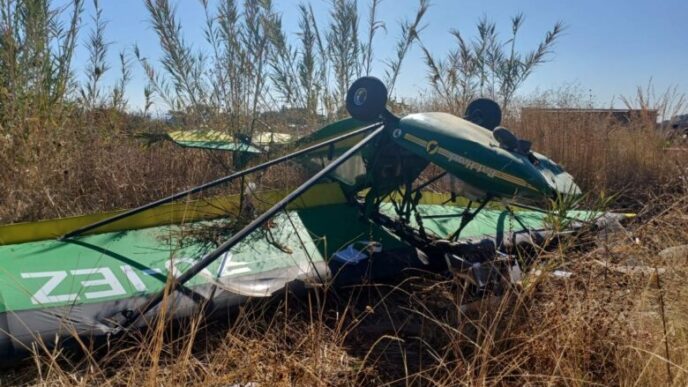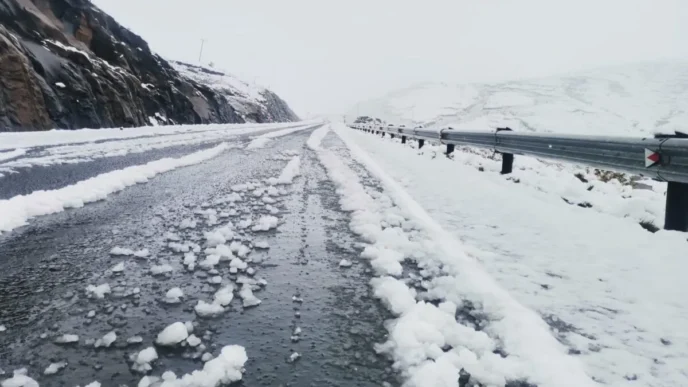South Africa’s Gauteng province has officially launched its new high-tech license plates , nearly a year after initial delays. The rollout, announced by Premier Panyaza Lesufi , introduces advanced security features—including tamper-proof designs and embedded QR codes—to curb vehicle fraud and standardize identification systems nationwide. However, critics warn that the move risks burdening motorists with excessive costs, while logistical hurdles threaten to delay full implementation.
The new plates, first proposed in 2023, were initially slated for an April 2024 launch but faced repeated setbacks, with only government vehicles affected during a limited pilot phase. The provincial government attributed delays to “complex system integrations” and stakeholder consultations, though no official explanation has been released due to technical restrictions on accessing the full Businesstech article. Earlier reports highlighted concerns over the readiness of licensing centers and potential errors in plate distribution.
Public reaction remains mixed. While some residents acknowledge the need for improved vehicle tracking, others criticize the financial burden. A Johannesburg motorist noted, “We keep hearing ‘soon’—but ‘soon’ means nothing when we’re still paying old fines under broken rules”. Advocacy group OUTA has also raised alarms, arguing the policy could disproportionately affect low-income drivers and push businesses to register vehicles in other provinces to avoid fees.
The plates’ “self-destructing” security features, designed to prevent forgery, have drawn both praise and skepticism. A Pretoria-based transport analyst stated, “This isn’t just about security—it’s about accessibility. If the cost is too high, people will find workarounds”. The province has yet to clarify whether the QR codes will link to vehicle records or enforcement databases, though officials insist the technology will enhance road safety and reduce fraud.
As Gauteng navigates these challenges, the rollout underscores broader tensions between technological advancement and economic reality—a balancing act that will test the province’s capacity to modernize infrastructure without exacerbating financial pressures on residents.













